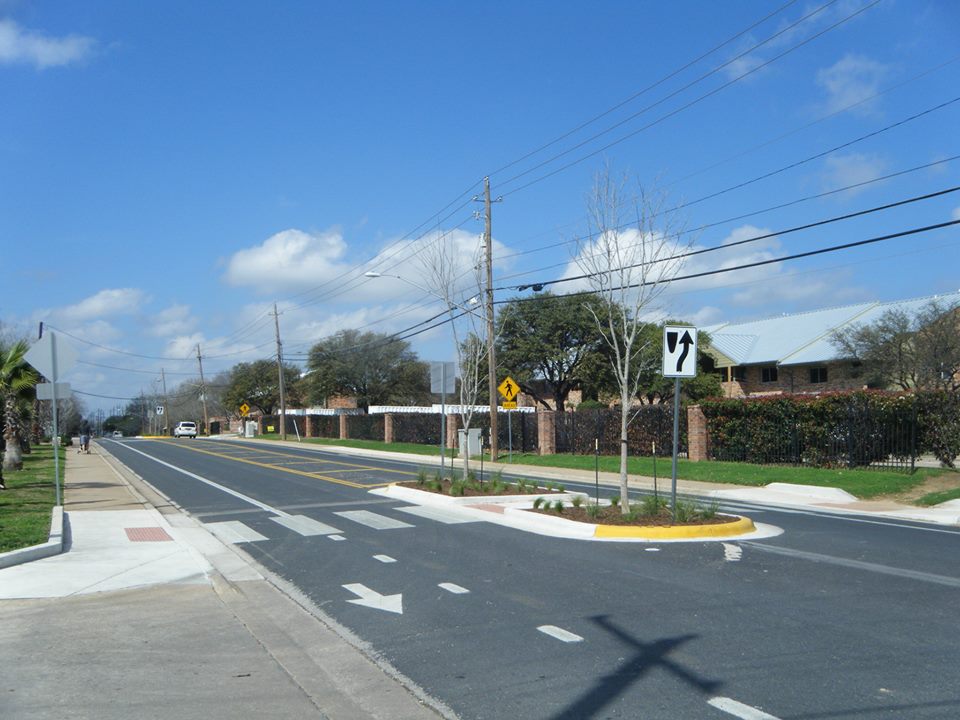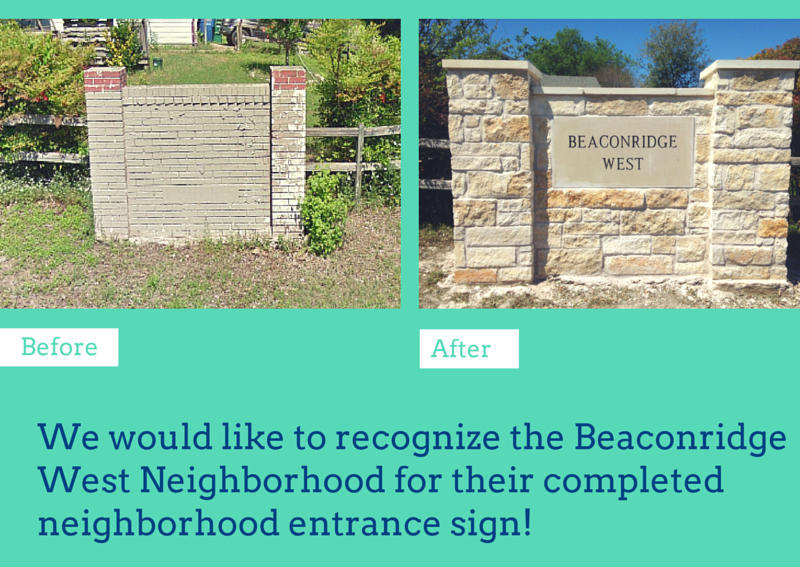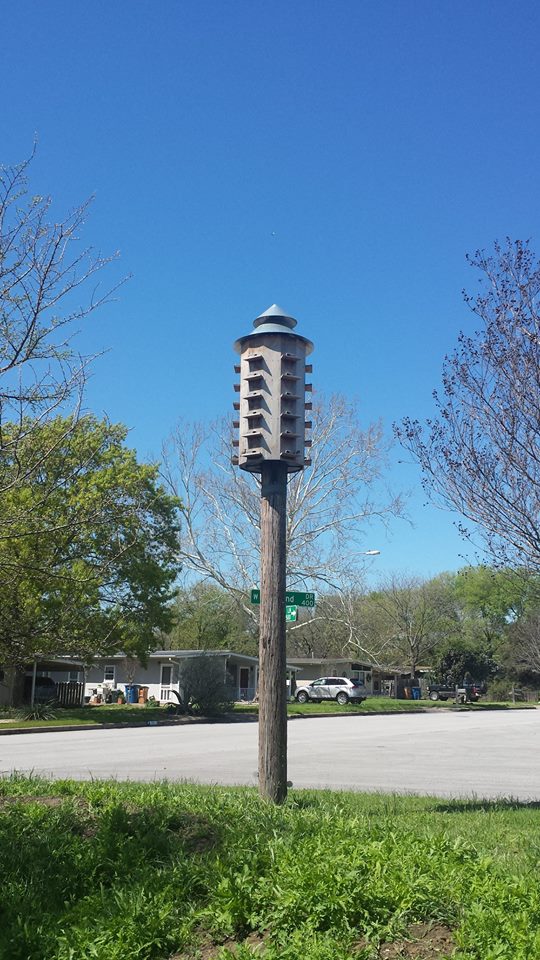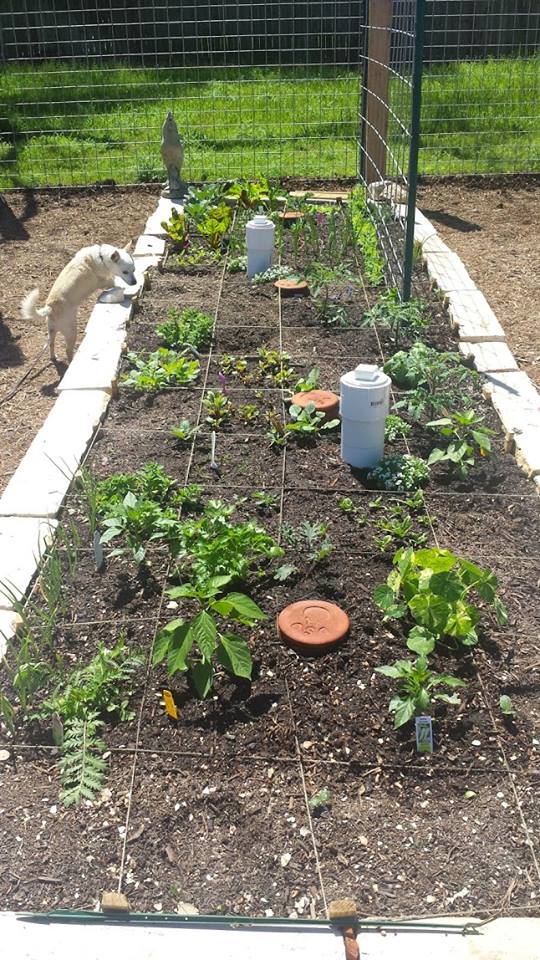Small-Scale Change, Neighborhood by Neighborhood
Watch this video to learn more about the Neighborhood Partnering Program
Justin Golbabai is a member of Strong Towns who recently clued us in to an impressive project he’s been heading for the City of Austin, TX (you might have read his guest post yesterday on our website). For the past three years, Justin has served as manager of the Neighborhood Partnering Program (NPP), which assists neighborhood groups in developing, resourcing, and executing small- to medium-sized improvement projects in the City’s right of way or on City-owned property.
You can watch this short video to get an idea of how the program works and what sorts of projects they’ve done but to summarize, the NPP gives neighborhoods the tools and financial support they need to implement small-scale improvements in their community. That might look a like turning an empty median into a pocket park or building a new traffic circle surrounded by street art (see below for photographic examples).
The program has been operating since 2010 and in that time, 43 different projects have been implemented in neighborhoods throughout the city of Austin. In fact, geographic diversity is one of the program’s metrics of success and they’ve hired two Americorps Vista workers who are specifically focused on ensuring the program is accessible to people of different backgrounds, incomes and languages.
I asked Justin about the biggest successes of the program thus far and here’s how he responded:
I think one of the things that’s really neat is seeing how creative our citizens are. They know their neighborhoods better than anybody. It’s amazing what we can accomplish together. They have ideas and we have the knowhow. We’ve taken vacant right-of-ways and turned them into community gardens.
We’re building Austin’s first “green street.” In one neighborhood they had a 44 foot-wide street that had become a runway for speeding cars, so the neighborhood went to the city. At first we said the solution was speedbumps. But the neighborhood wanted something more than that. Seattle has chicane streets that wind back and forth. So we did something similar […] using street art, medians, and trees.
Another favorite project is in Austin’s African American Cultural Heritage District. It has a baseball park that’s a little neglected, so we’re doing a mural there commemorating the history of African American baseball in Austin with depictions of players like Jackie Robinson, Willie Wells, Satchel Paige, and more.
My favorite part of this program is when the neighborhood says, “We’ve got this idea” and I say, “We can make that happen.” They look at me in shock when I say we can empower their ideas.
EXAMPLES OF RECENT NEIGHBORHOOD PARTNERING PROJECTS




The model for funding the projects through NPP is particularly creative and very in line with Strong Towns’ thinking. Similar to the Better Brainerd Project spearheaded by Chuck Marohn a few years ago, it requires active investment from the residents of the neighborhood. Justin explained the structure:
Neighborhoods pitch a project to the city and we help them figure out how much it would cost. From there community groups cost-share their project with any combination of cash contributions, in-kind contributions, or donated labor (sweat-equity). Sometimes they have a landscape architect that volunteers to design the garden (we calculate the value of their services). Sometimes they rally the neighborhood to build the garden beds or plant (we value their volunteer hours at $25 an hour). We’ve had boy scouts dedicate picnic tables. Sometimes they do a crowdfunding campaign… We also say that neighborhoods are responsible for maintaining project. We credit two years work towards their cost-match. That could be watering plants, removing graffiti, etc.
Neighborhood Partnering Program staff complements this contribution by providing assistance on multiple levels depending on the project: from helping formulate the project scope and cost estimates, to engineering design, to taking items through permitting, and finally, even utilizing City crews and contracts for project implementation...
When asked about the inspiration for this unique program, Justin explained that it was inspired by a similar neighborhood matching fund in Seattle. "Our program is a little different though," Justin said, "because we took what they did and instead of us just writing checks and having neighborhoods do the building, we have a full-time project manager on staff that helps make the project happen. We take it all the way from start to finish."
Justin told me he’s hopeful that the model could be used in other cities too. He’s generated a lot of interest at recent conferences where he’s spoken about the program, especially since the program has received several national awards recently. If you’re in the Austin area, get plugged in to one of these projects. And if you’re not, you might think about starting up a similar program in your own town.
We're proud to have Strong Towns members like Justin Golbabai making a positive, financially sound, impact in their communities.
Want to join Justin and 1300+ Strong Citizens around the country? Become a member today.
(All photos from NPP facebook page)




Rachel Quednau serves as Program Director at Strong Towns. Trained in dialogue facilitation and mediation, she is devoted to building understanding across lines of difference. Previously, Rachel worked for several organizations fighting to end homelessness and promote safe, affordable housing at the federal and local levels. Rachel also served as Content Manager for Strong Towns from 2015-2018. A native Minnesotan and honorary Wisconsinite, Rachel received a Masters in Religion, Ethics, and Politics from Harvard Divinity School and a Certificate in Conflict Transformation from the Boston Theological Interreligious Consortium, both in 2020. She currently lives in Milwaukee, Wisconsin, with her husband and young son. One of her favorite ways to get to know a new city is by going for a walk in it.